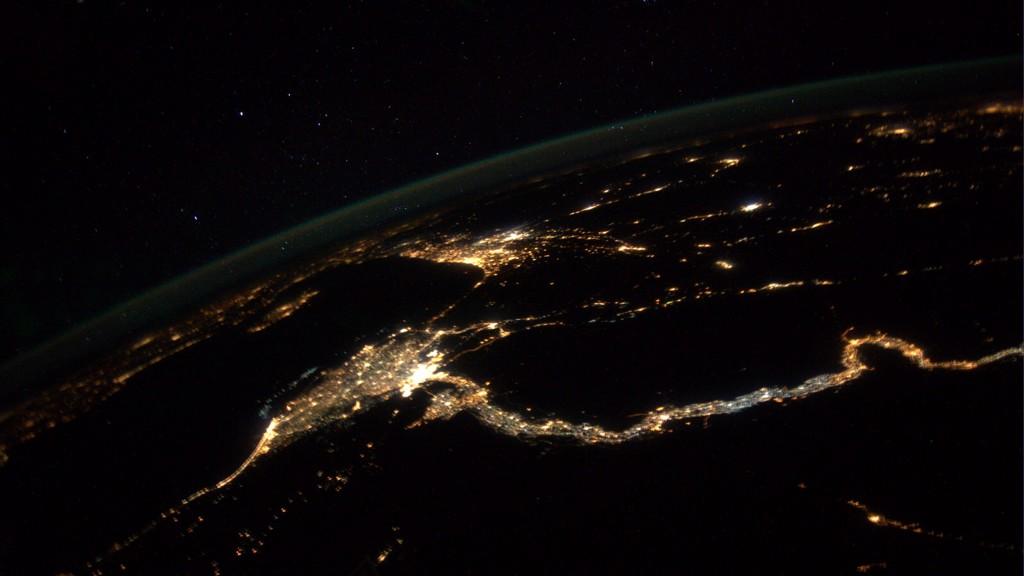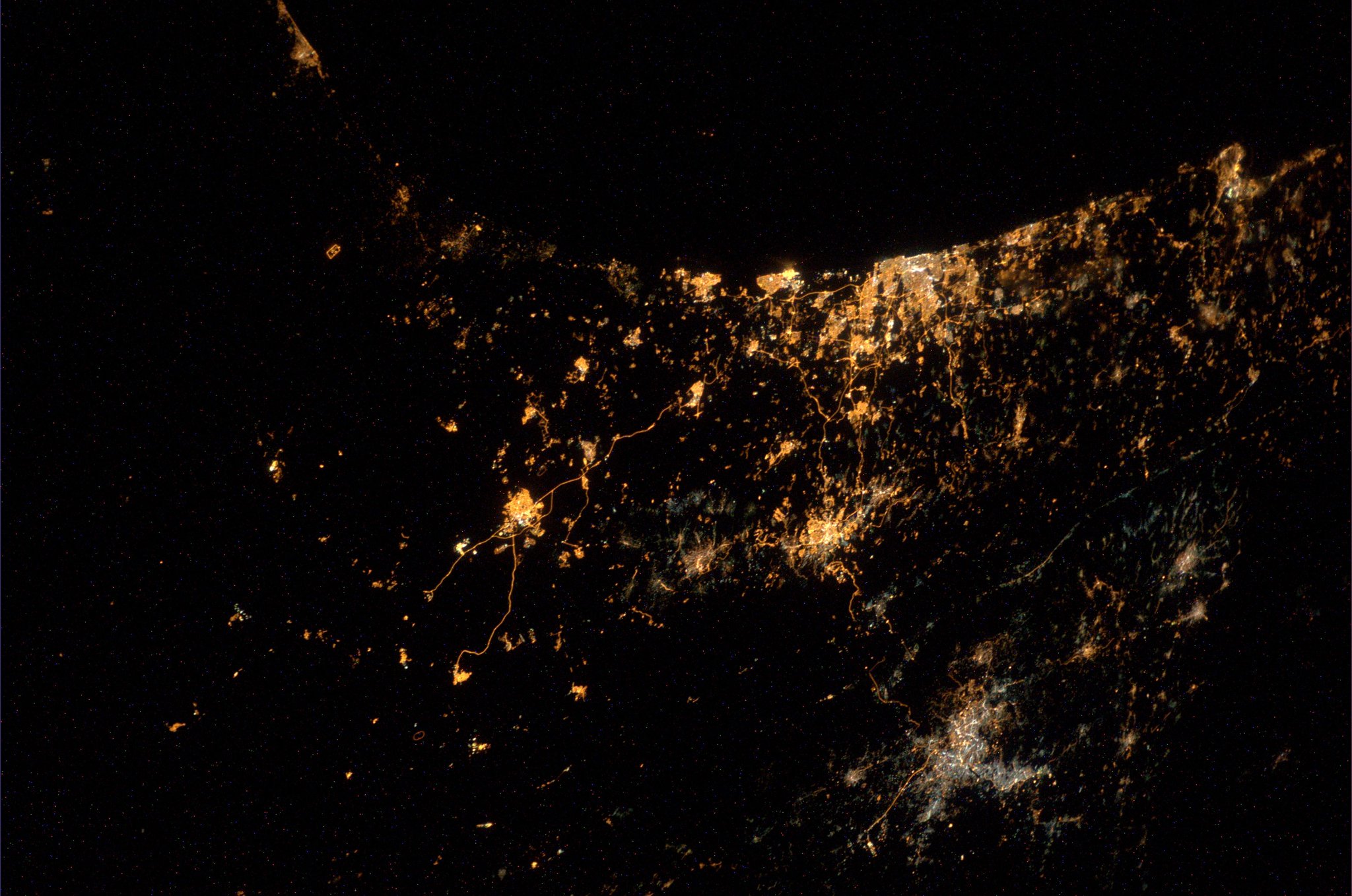 |
| Bird's eye view showing solar panels, rooftop garden, and rear trails. Courtesy of the City of Chicago. |
Twitter users said:
"Boo & hiss! Chicago Center for Green Tech. closing. Another example of Rahm dismantling Daley's green Chicago vision" (@JameeBee)
"Not proud of our city today" (@ReuseFirst)
While blogger Lynn Becker wrote:
"But for the time that it had, the Chicago Center for Green Technology served well."
In January 2003, CCGT rose from an illegal solid waste dump to become a LEED Platinum certified building and showcase for the latest in environmentally-friendly ideas. From its rooftop garden, solar panels, natural air ventilation, and geothermal heating, to its recycled office furniture and fast hand dryers, every detail cheered for a better planet. The renovation had cost $5.4 million through the now-defunct Chicago Department of Environment. Though money had been set aside for initial operation cost, funding was depleted by 2012. At this point, coordinators experimented with charging $10 for classes, but abandoned fees after one trimester.
Lecturers had taught a wide variety of free public courses, including gardening, watershed design, transportation projects, and building materials, with partners like Peggy Notebaert Nature Museum and Rebuilding Exchange. Though the classes were accessible to all educational levels, presenters never talked down to their audience. The bright, open classrooms invited a collaborative atmosphere and fostered member retention.
Though the space and certificate programs were commendable, the location was inconvenient. The only complaint Yelp users had was the lack of signs. Oddly enough, the Department of Transportation had absorbed CCGT, yet no sidewalks and bike lanes led to the building. The best way to access their sustainability programs was by car, and even drivers often missed the access road. Furthermore, Chicagoans hate to leave the neighborhoods were they work and live, and East Garfield Park itself was not a draw.
The combination of the retirement of its biggest supporter, ex-Mayor Daly, poor fundraising, and inopportune placement defeated this community leader. Though no group offers as great a breadth of courses, you may see other local green events by subscribing to monthly newsletter sustainability@cityofchicago.org.

.JPG)



